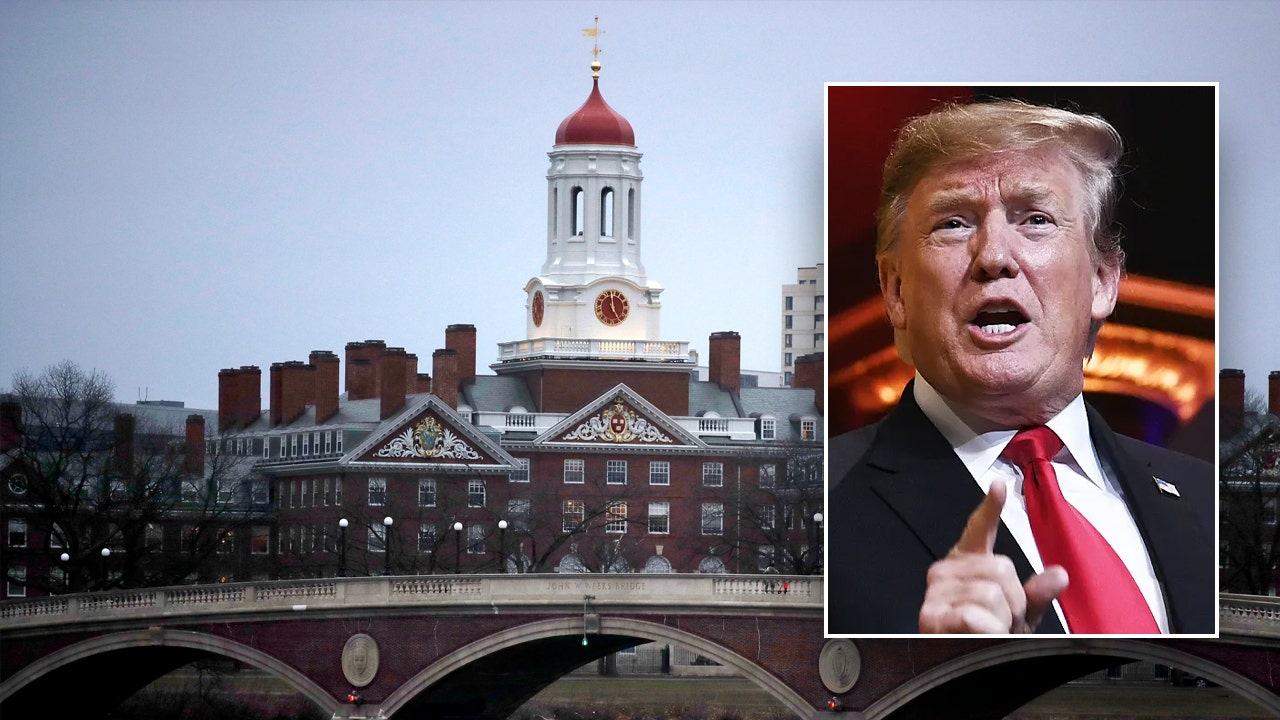Cherry Blossom season is for the birds in Brooklyn.
At Greenwood Cemetery the yearly blossoming of the vibrant pink trees is also a time for an unusual, local sight — a throng of florescent green monk parakeets, who perch on the branches to enjoy a yearly spring feast.
The tree’s fruit bulbs are a favorite meal for the feral fowl, making for a mix of colors in the branches that is unique to the cemetery’s cherry blossom blooming.
“We do have a pretty beautiful collection of Japanese cherry trees that really make a show of it. Cherry blossoms are so ephemeral — but the monk parakeets are around year-long,” said Sara Evans, the Director of the Living Collections at the cemetery.
“If the cherry blossom season is getting people excited to visit Greenwood, they’re probably going to be even more excited and — just even more surprised to have that sort of engagement with wildlife that might have been unexpected.”
There are as many as 75 feral monk parakeets that live at the iconic cemetery — where legends like Jean-Michel Basquiat, Leonard Bernstein and Frederick August Otto (FAO) Schwarz have been laid to rest.
Local lore claims the species, native to Brazil and Argentina, came to the Big Apple decades ago when they were imported to John F. Kennedy airport as part of the pet trade — but they escaped and spread throughout the five boroughs.
A significant population took refuge in the cemetery, transforming the nooks and crannies of the Gothic Archway into a bird-sized apartment building that they are “constantly building and maintaining,” said Evans.
The birds are brazen and far from shy about reaping the benefits of the flower-filled cemetery — especially during Cherry Blossom season.
“I have just seen them nibbling and eating the buds off the cherry blossom trees,” Evans said.
“Many times you’ll see just the monk parakeet foraging for fallen blossoms, but you’ll also see them in the trees eating. And they primarily pick off live twigs to bring back to their nest,” she continued.
“You’ll probably always hear them before you see them because they’re very loud and happy.”
The parakeets are a favorite for Brooklyn birders, who flock to Greenwood year-round to catch sight of the green birds.
“It’s the nicest park in Brooklyn — once you get over the creepiness factor,” joked Michael Castellano, 76, of Park Slope, told The Post during an expedition on Wednesday.
“I’ve been taking pictures of the [parakeets] for years. I wait for the trees to bloom so I can watch them eat the buds.”
Tod Winston, an Urban Biodiversity Specialist for the NYC Bird Alliance, called Greenwood one of the best birding stops in the metro area — in part thanks to its green population.
“I actually think that all birders get pretty excited about these birds. It’s unusual to have them here. They’re so beautiful and interesting,” Winston said.
“Parrots are so intelligent. They have such an interesting lifestyle in their communal apartments. I’ve been birding my whole life since I was a kid and I still am fascinated to see these birds. I’m always excited to hear them and watch them. It’s such an unusual bird for New York City.”
The parakeets have already begun feasting on this year’s grove of sprouting cherry blossom trees, particularly on the Yoshino cherry tree, which started its bloom last week.
The white, cloud-like trees are roughly 80 years old and line Battle Hill, infamously the highest point in Brooklyn and where the largest battle of the American Revolutionary War took place.
The real cherry blossom-and-parakeet show will likely take place in the coming week or two, when Evans expects the Prunus serrulata — the chunky, pink and massive cherry trees –to explode throughout the cemetery.
And if watching the green parakeets eating the gorgeous cherry trees isn’t entertaining enough, Evans suggested visitors should visit the tiny birds at dawn or dusk.
“They have their own daily routine. If you’re at Greenwood during golden hour and the sun is setting, you’ll see all the parakeets coming back to the nest to tuck in for the night — and you’ll see some parakeets just perched facing the sunset,” Evans explained.
They literally like to watch the sunset every evening. Then in the morning, you’ll see them slowly come out of the nest and like, bathe in the sun to warm up before they go out foraging. They’re really cute.”
Read the full article here















